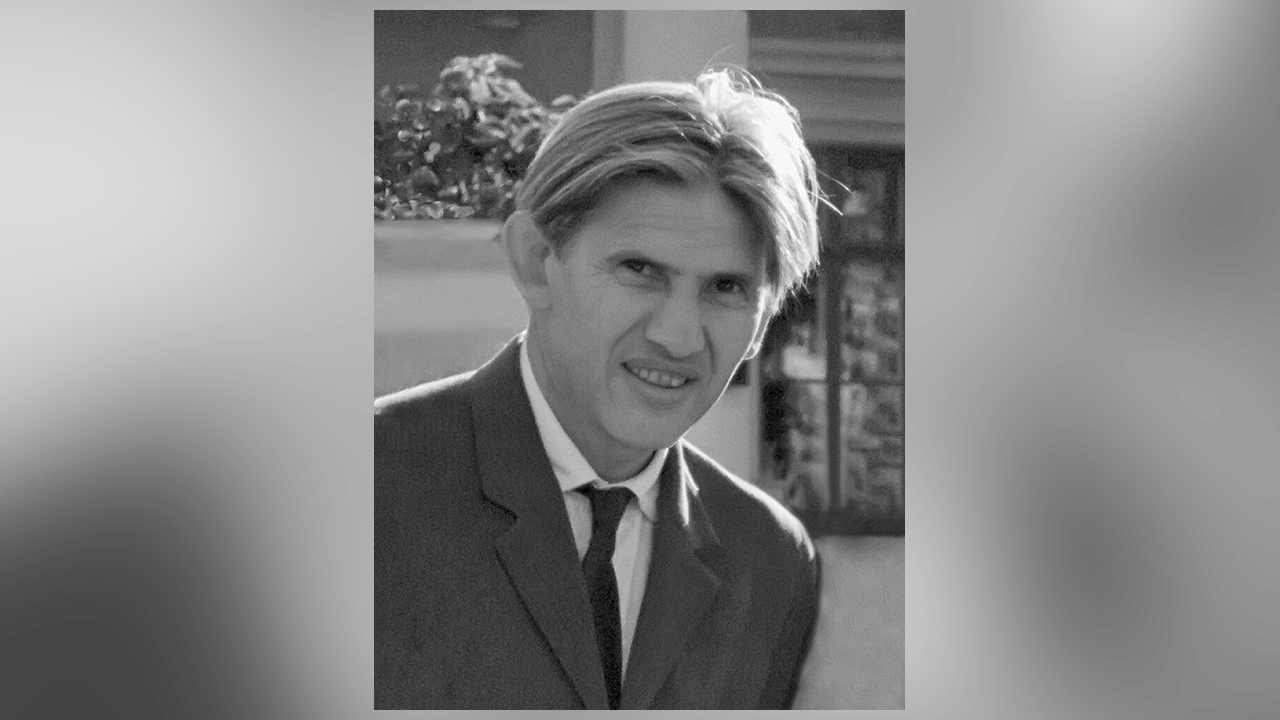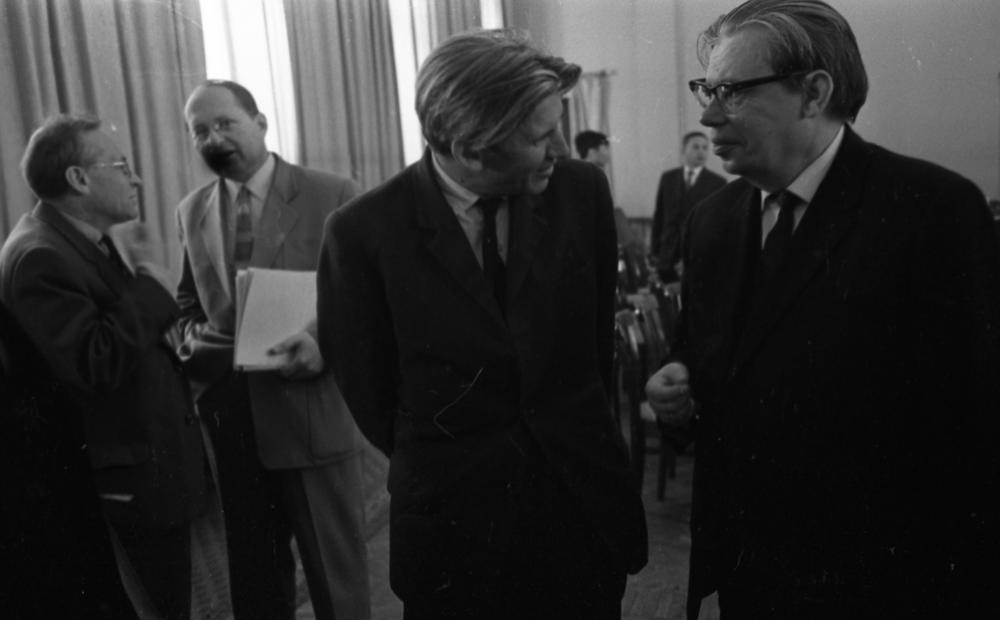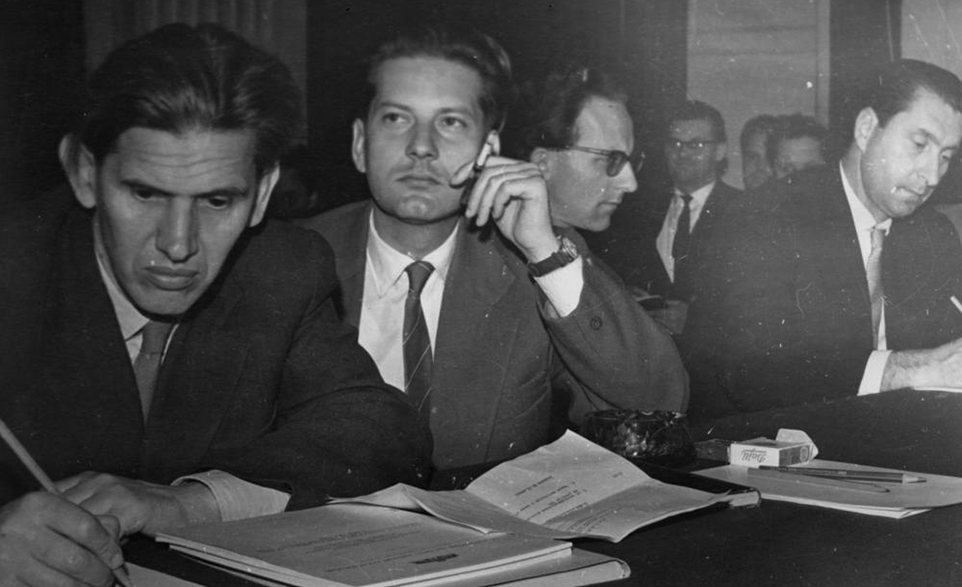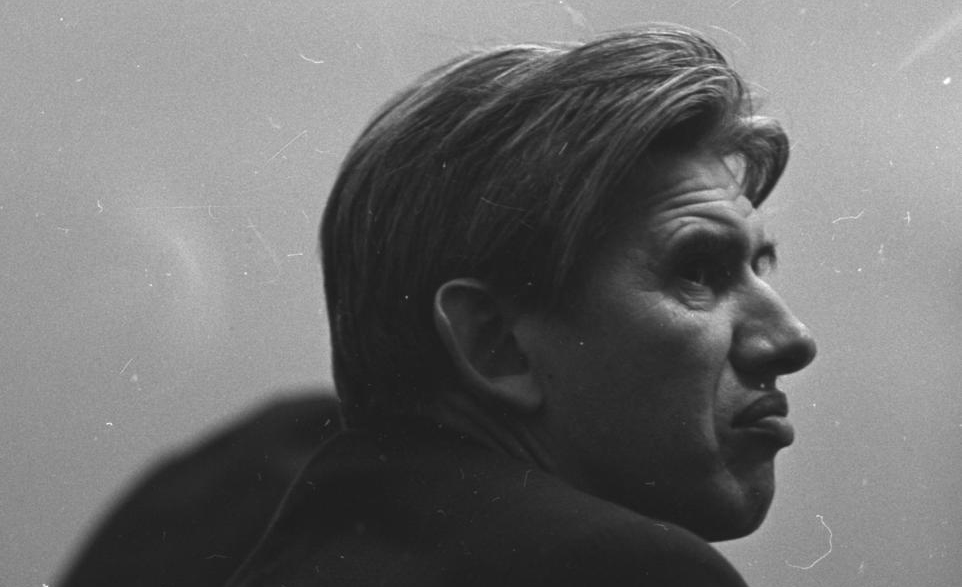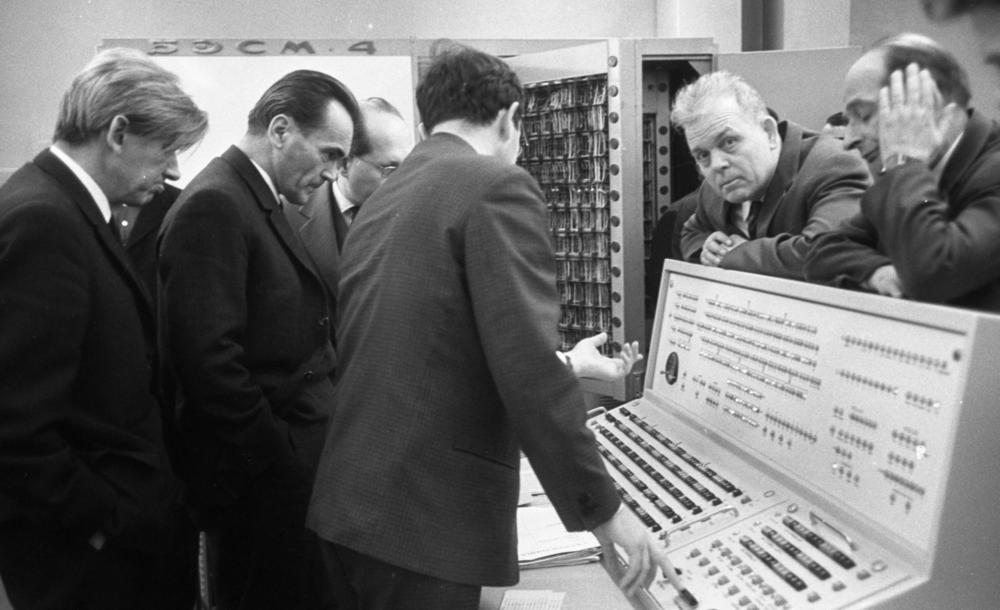In memory of Lajos Jánossy
News, 02 March 2023
On 2 March, the Joint Institute for Nuclear Research remembers one of its founders, the prominent Hungarian physicist Lajos Jánossy (1912–1978), an academician of the Hungarian Academy of Sciences, who was a member of the Scientific Council of the Institute during the development of JINR.
Lajos Jánossy was born in Budapest. He studied at the University of Vienna, graduated from the University of Berlin (1935). In 1939 – 1947 he worked at the University of Manchester, from 1947 to 1950 he was a professor at the Dublin Institute for Advanced Studies, and at the University of Budapest from 1950. In 1956 – 1970 he served as director of the Central Research Institute for Physics (KFKI), where he gathered a group of talented young people around him and expanded the subject area of the scientific centre. It included both fundamental and applied research, on the basis of which electronic computers and laser technologies were created.
It was an era of change, and his life was restless. From the age of 6, after the revolution in Hungary, the future scientist lived abroad, in Vienna. As an adult, in 1936 he was forced to emigrate from Nazi Germany to Great Britain. In 1950, Lajos Jánossy accepted the offer of the Hungarian government to return to Budapest with his family. By his arrival, his mother and stepfather had already returned from emigration to Moscow. The scientist’s stepfather, György Lukács, was a philosopher, literary critic, and among other things, was interested in astronomy. He had a great influence on the choice of profession by his adopted son. “My path was predestined in childhood,” Academician Jánossy said. “At that time, people became scientists only by vocation. The profession of a physicist was really hard. Governments didn’t have a lot of sympathy for science. But I grew up in an atmosphere of constant reflection on the essence of nature, on the meaning of life, on the role of a human and scientist in society. And I could not choose any other path than to science.”
The scientific works of Jánossy relate to the fields of cosmic ray physics, nuclear physics, elementary particle physics, and physics methodology. In 1940, together with George Rochester, he discovered penetrating showers in cosmic rays. It is a stream of hadrons resulting from the interaction of a high energy hadron or lepton with nucleons or nuclei. In 1943, the scientist proposed a mechanism for the formation of cosmic ray mesons, i.e., the process of multiple births, and explained the birth of mesons by the nucleus. In later years, Lajos Jánossy worked on the hydrodynamic model of quantum mechanics and problems of interpretation of the theory of relativity.
In 1950—1969 he was deputy chairman of the Loránd Eötvös Hungarian Physical Society. In 1978 he was awarded a medal of the Society. After his death, in 1994, the Society established the Lajos Jánossy Prize for outstanding research in the field of theoretical and experimental physics. The scientist was also a laureate of the Lajos Kossuth Prize and the winner of an academic gold medal.
In 1958–1973, Jánossy was vice-president of the Hungarian Academy of Sciences. He was a member of several academies of sciences and scientific societies, editor and member of the editorial boards of four scientific journals. In 1966 he was elected president of the Society for Hungarian Philately.
The KFKI Underground Research Laboratory and the alley at the VBLHEP JINR site alongside the Synchrophasotron building are named after Lajos Jánossy.
